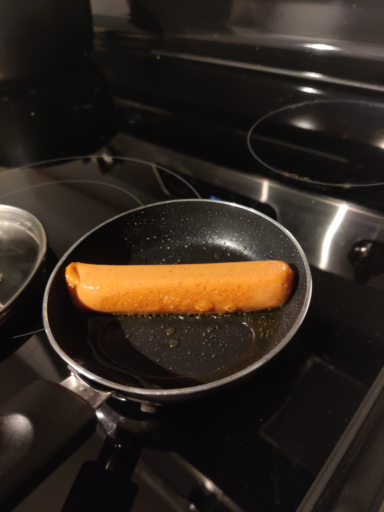this post was submitted on 09 Oct 2024
36 points (87.5% liked)
Asklemmy
43889 readers
748 users here now
A loosely moderated place to ask open-ended questions
If your post meets the following criteria, it's welcome here!
- Open-ended question
- Not offensive: at this point, we do not have the bandwidth to moderate overtly political discussions. Assume best intent and be excellent to each other.
- Not regarding using or support for Lemmy: context, see the list of support communities and tools for finding communities below
- Not ad nauseam inducing: please make sure it is a question that would be new to most members
- An actual topic of discussion
Looking for support?
Looking for a community?
- Lemmyverse: community search
- sub.rehab: maps old subreddits to fediverse options, marks official as such
- !lemmy411@lemmy.ca: a community for finding communities
~Icon~ ~by~ ~@Double_A@discuss.tchncs.de~
founded 5 years ago
MODERATORS
you are viewing a single comment's thread
view the rest of the comments
view the rest of the comments


You need to clean out the crumbs tray before you do this, and then wash it after. Make sure that the inner grating does not have anything stuck after too.
Toasters are only intended for dry bread. Inside they are usually just a very simple timer chip and a small 2 piece transformer. When the lever is pulled, part of that transformer is connected using a piece of steel. There is a momentary switch that powers the timer circuit which then connects the transformer holding the steel in place due to the magnetism. When the timer stops powering the transformer, it releases the steel when the magnetic field collapses.
When the circuit is connected, the power through this small transformer is traveling through a nickel-chromium ribbon wire on both sides of the slots for bread. This wire is just wound around some mica sheets that can handle high temperatures. As far as the mica and nicrome wire, this construction style is used in most consumer quality devices. You'll find this in hotplates, hair driers, curling irons, and toasters.
Note that, the transformers used in the timing circuit of toasters are not the isolated type. The nichrome wire is connected to the live mains circuit when powered.
I say all of this to make the statement: fundamentally, it is just a heating element. The fact that the element is inside a form factor is rather irrelevant. The relevant part is that the wiener likely contains fat and liquids that will come out with heat. If these were to squirt onto the mica or nichome wire it would be a problem that must be remedied with a tremendous amount of work or it could leave traces that might cause a fire later. If these juices got into the circuitry, it will likely destroy them and ruin the toaster. The placement of this circuitry is likely somewhere where an issue is unlikely, but all I can do is speculate. The engineers that designed the thing likely were not given a if-wiener-insertion constraint, and I don't think that is a UL listed thing.
Ultimately, you have to play the engineer and determine the cost to risk given the known and potential factors; it is just a simple heating element. This is only slightly more complex of a situation as a cave person's if-campfire wiener insertion conundrum. The plastic molding and appliance form factor aesthetics are irrelevant.
Quite possibly the best answer, thank you!